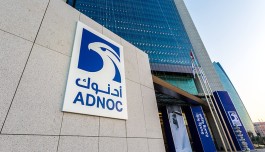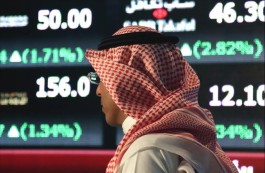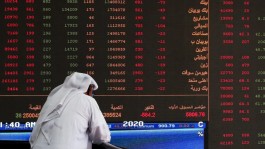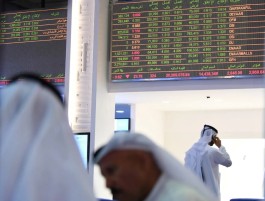The UAE topped bond issuances in the Middle East and North Africa region during 2023, with a total value of $31.5 billion, compared to $19.8 billion in 2022.
Saudi Arabia and Morocco came after the UAE with total issuances worth $19.1 billion and $18.3 billion, respectively, according to the 2023 GCC fixed income market report issued by Kamco Invest.
According to the Kamco Invest report, emerging markets have issued record amounts of bonds since the beginning of 2024, seeking to benefit from the increasing demand for new bond issues, in addition to securing low rates in light of the sharp decline in bond yields since the quarter of 2023.
In addition, the bulk of expected interest rate cuts by the US Federal Reserve and other global central banks have already been priced into existing bond yields, which could lead to yields continuing to decline in the near term.
Economists also expect increased risks this year, especially with regard to geopolitical issues in the Middle East, economic problems in China, in addition to major elections this year.
The uncertainty regarding lowering interest rates also contributed to maintaining the attractiveness of returns for both issuers and buyers who submitted record requests for bonds issued by some sovereign entities.
The total value of bond issuances in the Middle East and North Africa region reached $95.9 billion in 2023, compared to $80.6 billion in 2022.
This growth is mainly due to the increase in corporate issuances in the region, which contributed to offsetting the decline in sovereign bond issuances in the Middle East and North Africa region.
At the individual country level, growth was driven by an increase in issuances by companies and sovereign entities in the Gulf Cooperation Council countries in 2023, which contributed to compensating for the decline in issuances by countries in the Middle East and North Africa region outside the Gulf Cooperation Council during the year.
Expectations for the year 2024 indicate that central banks in major countries will reduce interest rates for the first time in two years. It is expected that central banks in the Gulf Cooperation Council will reduce interest rates at a pace consistent with the policy of the US Federal Reserve in general, given the peg of Gulf currencies to the US dollar.
Sukuk issuances are expected to rise in 2024 after witnessing two consecutive years of decline until last year.
The main catalysts for the growth of Sukuk issuances include lower prevailing rates, crude oil prices remaining around $70 per barrel, as well as diversification.
Sovereign authorities in the GCC countries will look to issue debt instruments using sukuk due to the weak expectations for oil prices. The value of the Sukuk due for repayment may be the highest ever for Sukuk issuers in the GCC countries, at a value of $37.9 billion in 2024.
GCC issuances will remain high in 2024 as part of their efforts to refinance these financial instruments. Regarding bond issuances in the GCC countries, the value of bonds that mature in 2024 rises to $45.3 billion.




































